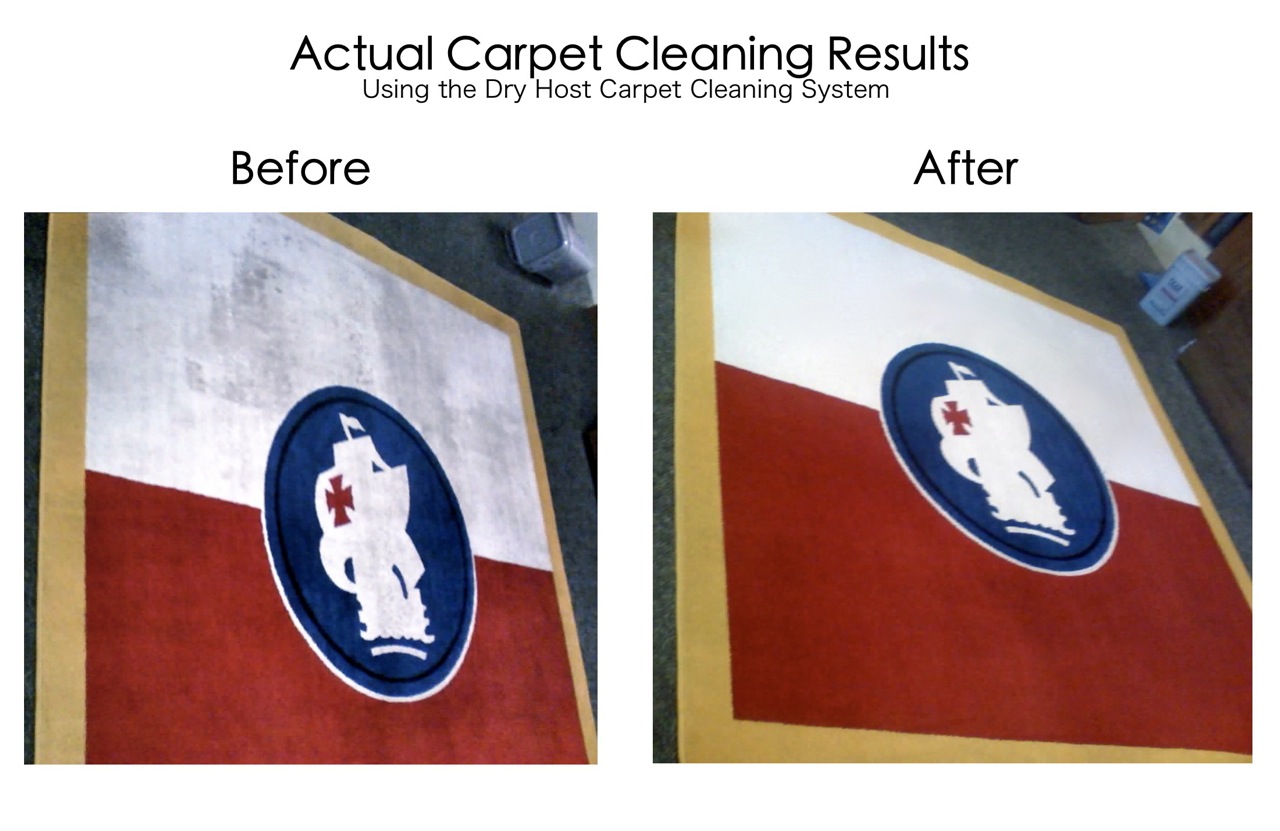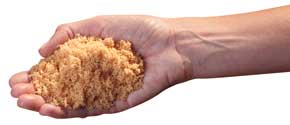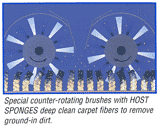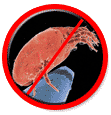We proudly offer the Host Dry Carpet cleaning system. This system thoroughly cleans your carpets without the use of water. CALL TODAY FOR A FREE ESTIMATE 342-3878.
HOST Dry Carpet Cleaner
HOST® is the leading dry extraction carpet cleaning
method. HOST is recommended by carpet manufacturers and fiber producers
worldwide. HOST is used daily to clean high traffic areas in
airports, restaurants and hospitals, so imagine how well HOST can clean your
carpets at home! What is the HOST System?
Advanced Formula HOST Sponges Carpet Cleaner is a
soft, natural product that is environmentally friendly. HOST Cleaner is a
soft, natural product moistened with water, detergent and a small amount of
safe-to-use-solvent. The HOST Sponges Cleaner dissolves, absorbs and
traps soil, spots and odors as it cleans, and is removed by vacuuming. Your
carpet is clean, dry and ready to use and enjoy right away! Matted carpets
are revived and once again become soft to the touch.
3 Easy Steps to Total Carpet Care
Accident protection Or have your carpets professionally cleaned. Indoor Air Quality
with HOST Carpet plays in important and healthful role in
filtering the air indoors. It traps and holds soil, dust and allergens. The
vertical pile of carpet traps and holds many times its weight in small
particles, including dust and allergens that enter the indoor environment
and descend onto it from above. Substantial research suggests that carpet
does not release these elements back into the air. However, just as it is
important to clean or replace a furnace or HVAC filter, it’s important to
routinely clean carpets. The HOST System of
applying HOST Dry Carpet Cleaner to the carpet, brushing it through the
carpet and then vacuuming up the HOST Dry Carpet Cleaner removes dirt and
reduces allergens. Research studies have shown that one cleaning with the
HOST System using HOST Machines reduces: Dust mites by 78%, Dust Mite
Allergen by 75%, Cat Allergen by 85%, Mold Spores by 85%. EPA Establishment
No. 074202-WI-001)
Dust Mite Allergen A study of 25 homes in Wisconsin was conducted to
determine the effect of HOST Dry Extraction Carpet Cleaning on dust mites.
The study showed a 78% drop in the average mite count. An extended study of
63 homes in Georgia and Wisconsin showed mite allergen decreased by 75% one
day after HOST Dry Extraction Carpet Cleaning. This research has been peer reviewed and was one of
only 500 papers worldwide that was accepted for presentation at the Sixth
International Conference on Indoor Air Quality and the Environment in
Helsinki , Finland . Pet Dander
Pet allergens are one of the top indoor allergens
to which people are sensitive. In 1995 and 1996, several homes with a cat in
the residence for at least one year, were studied for the presence of cat
allergens and the effects of HOST Dry Extraction Carpet Cleaning in reducing
them. The study established that cat allergens (dander,
hair and saliva) in carpet can be decreased 85% with a single HOST Dry
Extraction Cleaning of carpet. A second cleaning reduces the number of these
allergens to even lower levels. This study was presented in July 1996, at the
Seventh International IAQ Conference in Nagoya , Japan . Mold and Mold
Spores Mold spores travel with wind current and are
deposited on all indoor and outdoor surfaces. Mold allergens are found
virtually everywhere in residential and commercial environments. Indoor Air Quality research showing HOST removes
mold spores was confirmed by studies conducted in Wisconsin and Georgia .
Mold spore levels in the Georgia test homes (humid climate decreased by 85%,
while levels in the Wisconsin homes (temperate climate) decreased by 94%.
![]()
Case Studies |
Indoor Air Quality



with HOST
Regular upkeep
Overall deep cleaning
